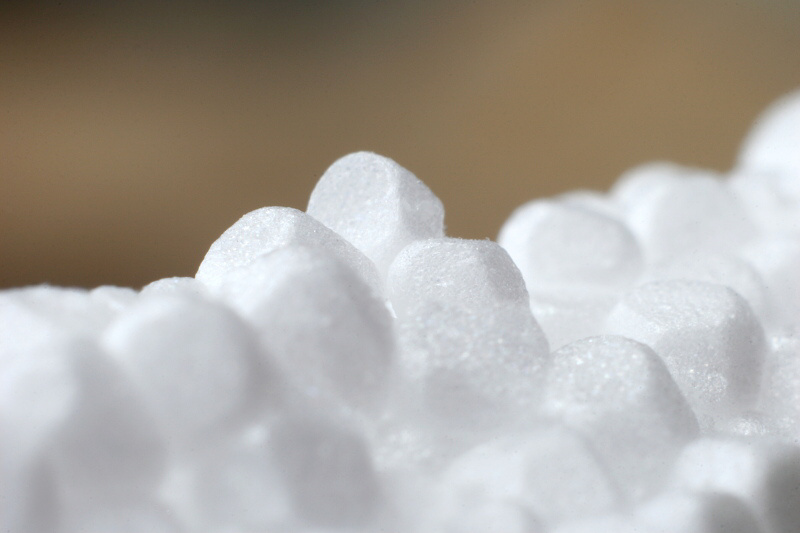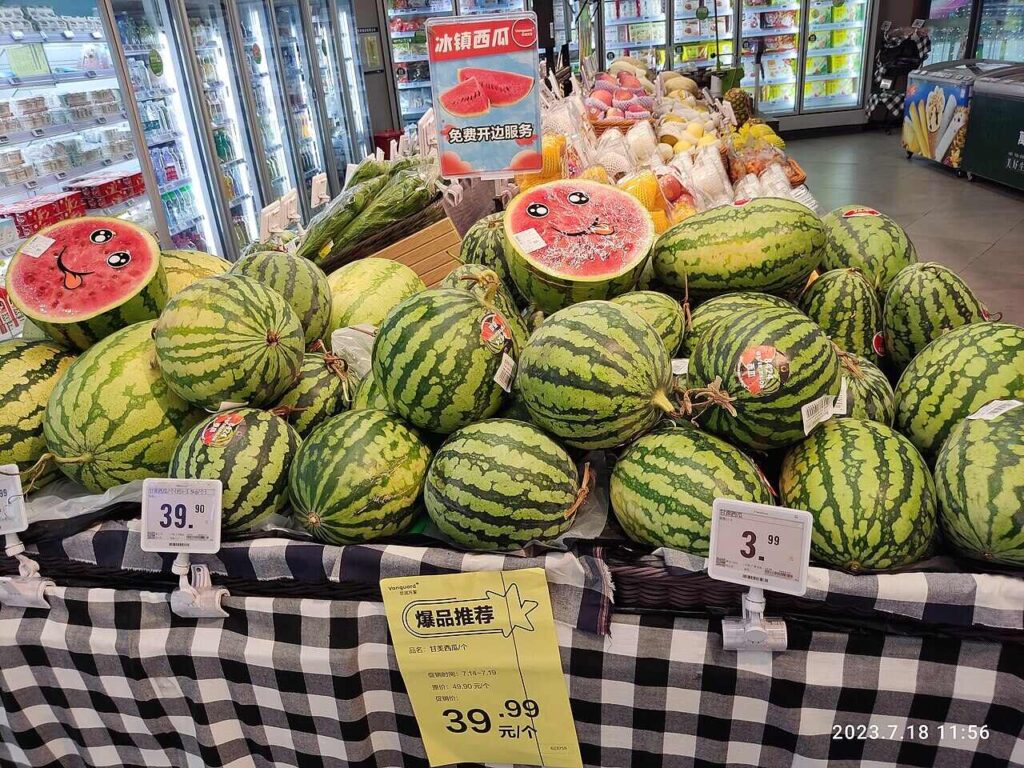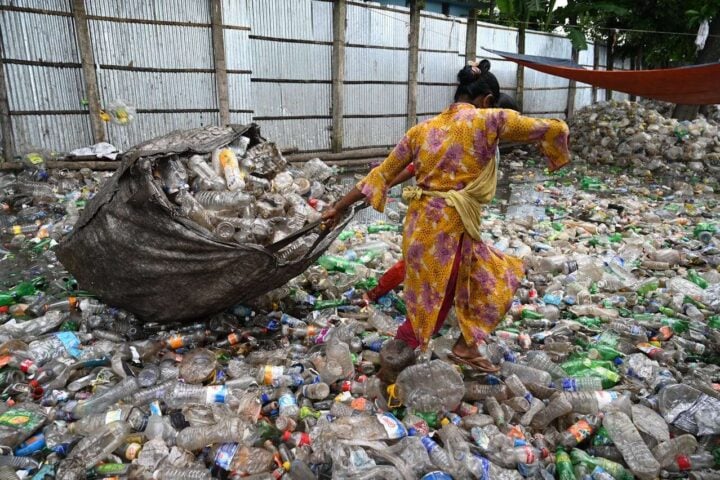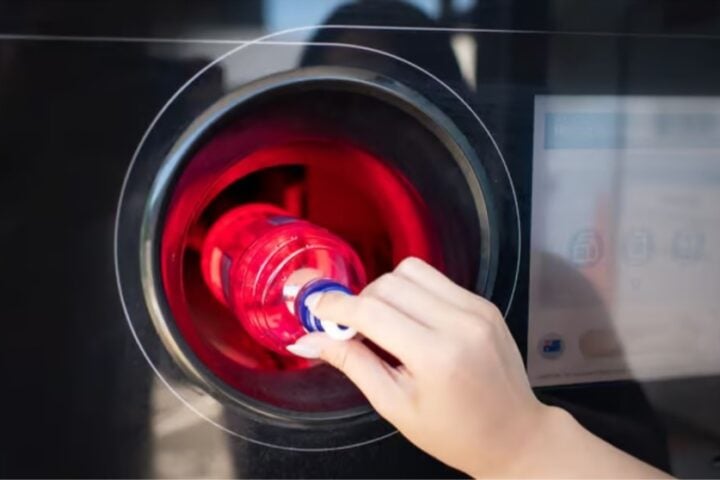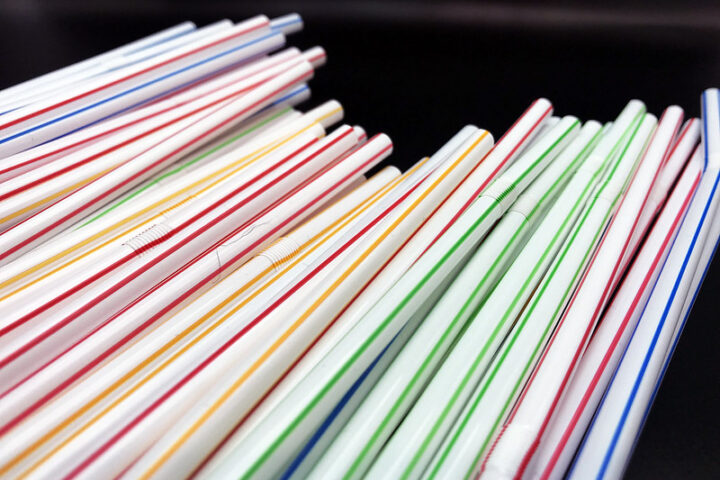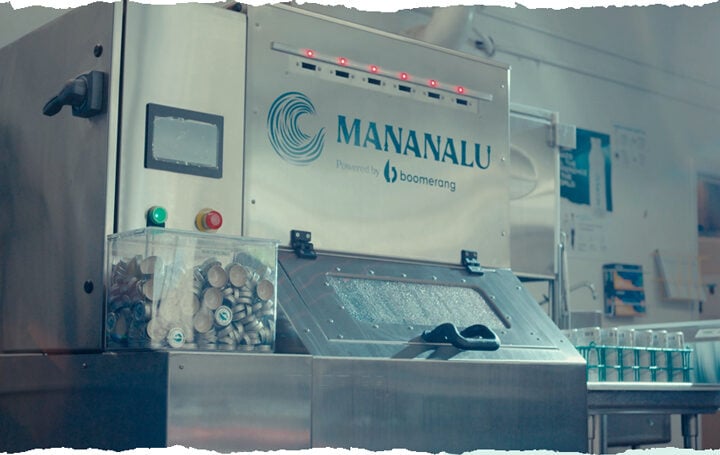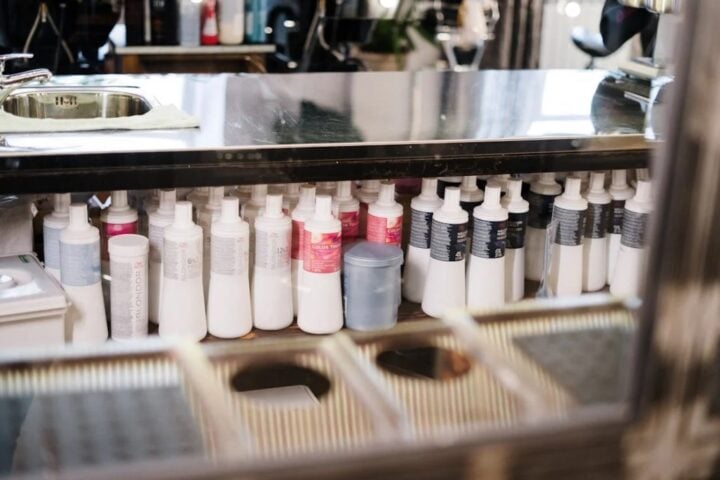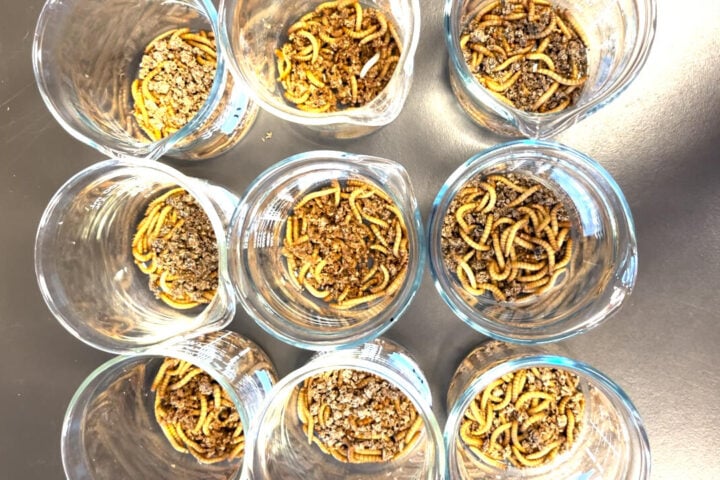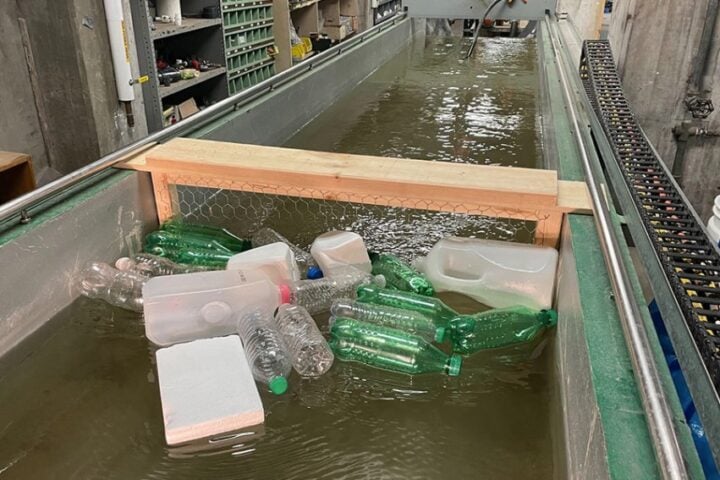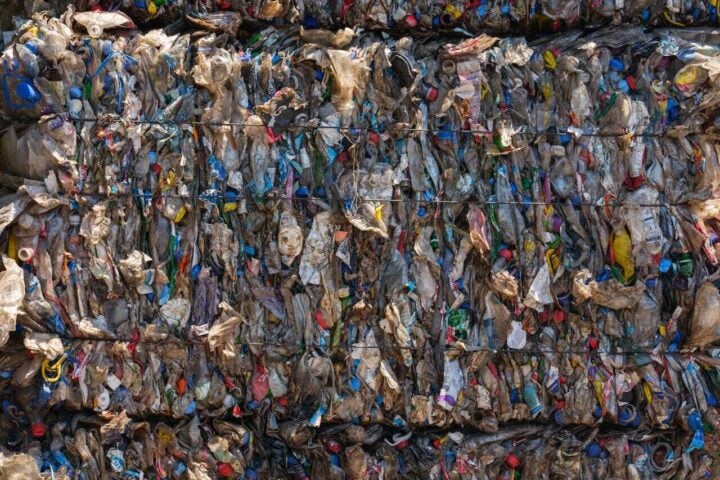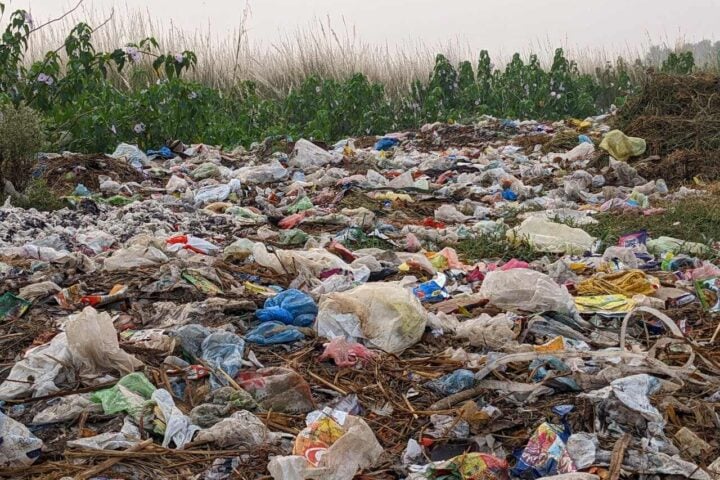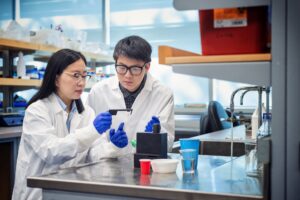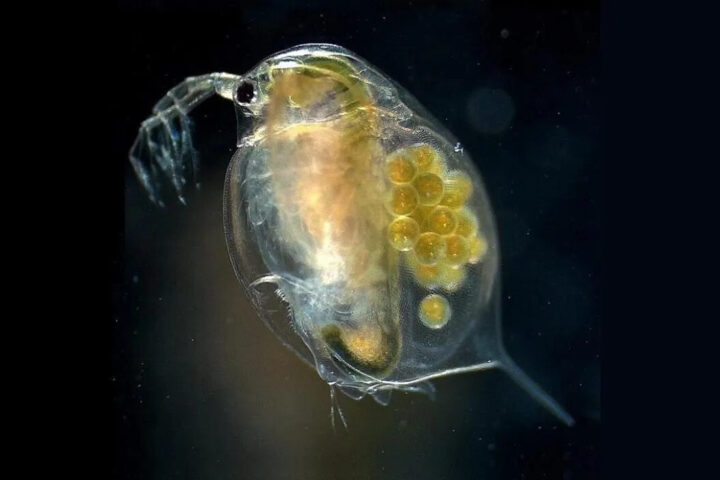Engineers have developed a new process for recycling polystyrene, which could be the first practical way to make the material reusable. The team of chemical engineers from the University of Bath in the United Kingdom and the Worcester Polytechnic Institute in Massachusetts, USA, says that their technique could be the first to make polystyrene recycling both economically and energy-efficiently viable.
As explained in a new research paper published in the Chemical Engineering Journal, the technique uses a chemical process called pyrolysis to break down polystyrene into parts that can be reassembled into new pieces of the material.
“Chemical recycling techniques are a major focus within chemical engineering right now, and cost- and energy-efficient ways to breakdown plastics to their primary building blocks such as polystyrene are urgently needed,” said Dr. Bernardo Castro-Dominguez, Senior Lecturer in Chemical Engineering at the University of Bath and Co-Director of the Centre for Digital, Manufacturing & Design (dMaDe). “Less than 5% of polystyrene is recycled at present – our work shows that as much as 60% of all polystyrene used today could be replaced by chemically recycled styrene,” he added.
Dr. Michael Timko, Professor of Chemical Engineering at Worcester Polytechnic Institute, adds: “Our analysis finds polystyrene to be an ideal candidate for a chemical recycling process. Surprisingly, the process is energetically efficient and potentially economically competitive. In terms of emissions, investing in this process has the potential to be equivalent to simple measures such as energy conservation in terms of the amount of emissions reduction that can be achieved for a given investment.”
Polystyrene can be chemically recycled through heat, but repeated treatments lead to degradation of the material, causing it to lose strength and flexibility. As this process requires specialized facilities, most recycling centers do not accept polystyrene – and due to high transportation costs, it is rarely brought to these facilities. Therefore, very little polystyrene is currently recycled.
In pyrolysis, the material is exposed to very high temperatures (over 450°C) in an oxygen-free chamber, preventing it from igniting. Instead, the polystyrene breaks down into parts called monomers, which can then be cleaned and reassembled into new polystyrene. Less than 10 megajoules of energy are required to produce one kilogram of the new material, roughly equivalent to the electricity consumption of a typical microwave for 30 minutes.
The described process includes a pyrolysis reactor, a heat exchanger, and two distillation columns that separate the polystyrene parts into “monomeric” styrene – the part that can be converted back into polystyrene – and “light” and “heavy” petroleum-like by-products that can be reused in other ways.
The process has a yield of 60% – meaning that using 1 kg of used polystyrene provides 600 grams of 99% pure monomeric styrene for the production of new polystyrene, reducing the use of fossil fuels. The work also highlights the environmental benefits and notes that the cost of reducing carbon emissions through the implementation of this process is about $1.5 per ton of CO2, which is significantly lower than many other recycling processes.
The researchers say that policy measures providing incentives for consumers to recycle polystyrene or keep it out of landfills would help make the process even more economically attractive.
Similar Posts
Polystyrene is widely used in various sectors, particularly for food packaging, disposable cups, food trays, and insulation materials. Its lightweight and ability to be molded into different shapes make it a versatile material. However, traditional recycling processes involve complex and energy-intensive steps, making the process costly and unprofitable.
The new method developed by researchers uses a special catalyst to break down polystyrene into monomers, the basic building blocks of plastic. This process is both faster and less energy-consuming than traditional methods. Breaking down polystyrene into monomers allows these components to be reused to make new polystyrene products, thus improving the profitability of recycling.
If this technology is adopted on a large scale, it could significantly reduce the environmental impact of polystyrene. By recycling this plastic more efficiently, pollution and dependence on virgin raw materials would decrease. Researchers are currently working on partnerships with industrial players to test and deploy this method on a large scale.
The new polystyrene recycling method developed by researchers promises to transform plastic waste treatment. Economical and energy-efficient, this technology could become a pillar of the recycling industry, contributing to a more sustainable future.
